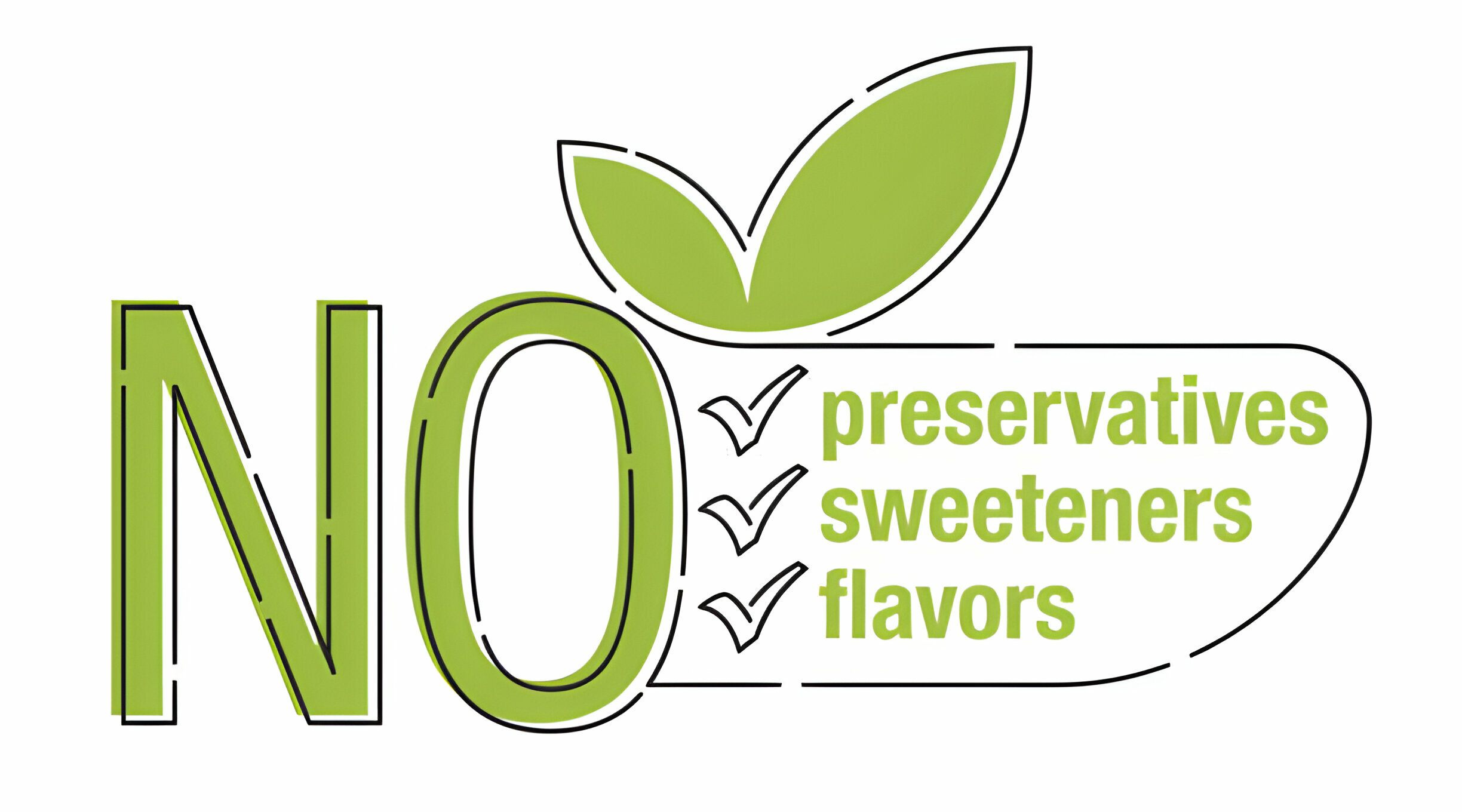Do you know that 85% of architects and engineers consider Environmental Product Declarations (EPDs) crucial for selecting sustainable construction materials? EPDs are standardized documents that transparently communicate a product’s environmental performance based on life-cycle assessments. They help you make informed choices, optimize product impact, and promote carbon transparency. By adhering to ISO standards and ensuring third-party verification, EPDs provide credible and comparable environmental information essential for sustainability goals.
EPD Basics
In EPD Basics, you’ll learn about the key features and benefits of Environmental Product Declarations. Understanding impact is crucial in sustainability assessment when it comes to construction materials. EPDs provide transparency on a product’s environmental performance, aiding in making informed decisions. By comparing different options based on EPDs, you can choose products with lower environmental impacts. These declarations offer a comprehensive view of the life cycle impact of construction materials, promoting sustainable practices. Through EPDs, manufacturers optimize their products’ environmental performance and showcase their commitment to transparency. Utilizing EPDs not only benefits the environment but also helps consumers and industry professionals prioritize sustainability when selecting construction materials for various projects.
EPD Development Process
When developing an EPD, you’ll need to collect data on raw materials and conduct a life-cycle assessment. The EPD data collection process involves gathering information on resource consumption, waste generation, and the environmental impact of the product. Following the LCA methodology ensures a comprehensive analysis of the product’s life cycle stages. Background report preparation is essential, detailing the LCA methodology used and any assumptions made during the assessment. Third-party verification is crucial for ensuring accuracy and credibility in your EPD. Once verified, you can proceed with EPD publication through a program operator to make this transparent information available to consumers and stakeholders interested in understanding your product’s environmental performance.
Role of EPDs in Sustainability
You’ll notice that EPDs play a crucial role in promoting sustainable practices and aiding stakeholders in making eco-conscious choices. EPD impacts are far-reaching, providing valuable sustainability metrics for product evaluation and environmental assessment. In the realm of green building, EPDs offer transparent information on a product’s life-cycle environmental performance, assisting architects and designers in selecting materials with lower environmental footprints. By utilizing EPDs, manufacturers can optimize their products’ impact and enhance carbon transparency, contributing to overall sustainability efforts. These declarations not only support informed decision-making but also help drive the adoption of environmentally friendly practices across various industries. Embracing EPDs can lead to more environmentally conscious choices and contribute to a greener future for all.
EPD Verification Importance
EPD verification by a third party ensures credibility and market acceptance of the information provided. The validity of verification enhances transparency, ensuring accurate data for consumers. By opting for third-party verification, you enhance the credibility of your EPD, gaining market acceptance and long-term value. This assurance not only benefits your immediate business interests but also contributes to the larger goal of promoting sustainable practices in various industries. Emphasizing transparency through verified EPDs can set you apart from competitors and solidify your reputation as a reliable source of environmental information. Make sure to prioritize third-party verification to establish trust with stakeholders and secure a strong position in the market for years to come.
EPD Compliance and Standards
Compliance with EPD standards ensures transparency in reporting environmental impacts of products and services. When striving for EPD compliance, you are actively contributing to product transparency and sustainability assessment. By adhering to these standards, you guarantee that your environmental impact is accurately assessed and communicated. Remember, meeting EPD compliance is key to providing reliable information about your products’ life-cycle effects on the environment.
- Upholding EPD compliance
- Ensuring product transparency
- Supporting sustainability assessment
EPD Benefits and Advantages
Utilizing EPDs brings numerous benefits and advantages to various stakeholders in the construction industry. EPD marketability enhances your products’ appeal by showcasing their environmental impact transparently. Product transparency through EPDs allows you to make informed sustainable choices, aligning with green building practices. By investing in EPDs, you can differentiate your offerings in the market, comply with regulations, and gain recognition for sustainability efforts. These verified documents not only provide credibility but also support your business goals while contributing to a more eco-conscious industry. Embracing EPDs empowers you to communicate your commitment to environmental responsibility and meet the growing demand for greener construction materials.
EPD Application Scenarios
When understanding the significance of EPDs in construction, architects, engineers, and designers use them to select the most sustainable options. This involves considering product comparisons, evaluating environmental impact, and making supplier assessments based on EPD data. By utilizing EPDs for sustainable decisions, professionals can ensure that their choices align with eco-friendly practices and reduce the overall environmental footprint of their projects. EPDs play a crucial role in guiding decision-making processes by providing transparent information on the life cycle assessment of materials and products. Through effective utilization of EPDs, stakeholders can make informed decisions that prioritize sustainability while meeting project requirements efficiently.
EPD in Market Differentiation
Now that you understand how EPDs can be applied in various scenarios, let’s delve into how Environmental Product Declarations (EPDs) play a crucial role in market differentiation. To stand out in the competitive landscape, companies need to focus on EPD market positioning and implement effective EPD branding strategies. Engaging with customers through transparent EPDs can enhance customer engagement and loyalty. Leveraging the data within EPDs provides a competitive advantage by showcasing sustainability efforts and product transparency. Strategic EPD marketing tactics can highlight these benefits effectively, attracting environmentally conscious consumers and setting your products apart from others in the market. By utilizing EPDs smartly, you can elevate your brand’s reputation and drive growth sustainably.


